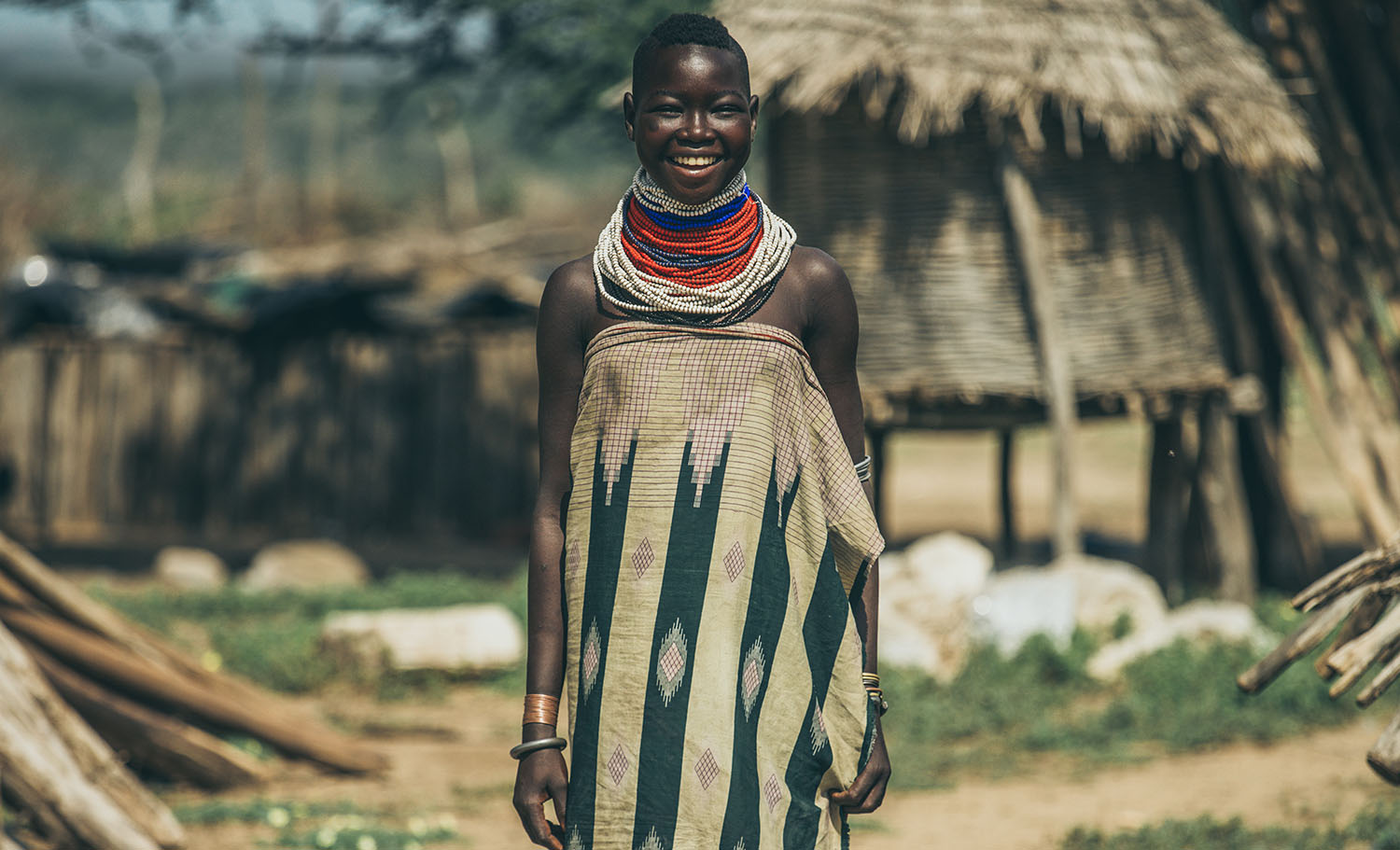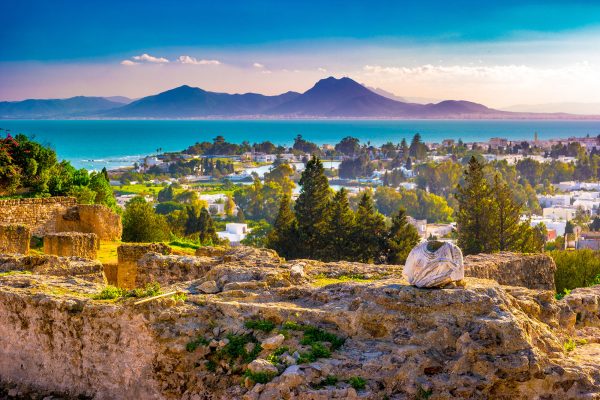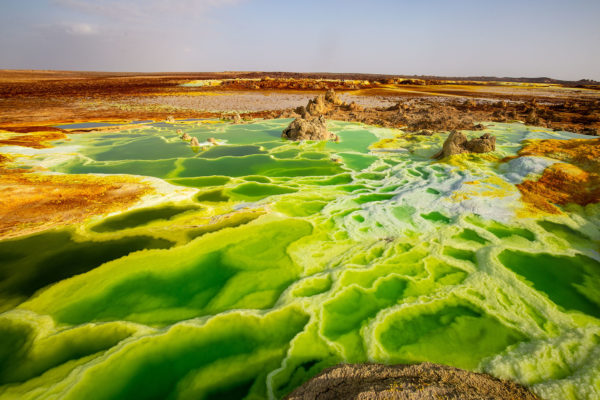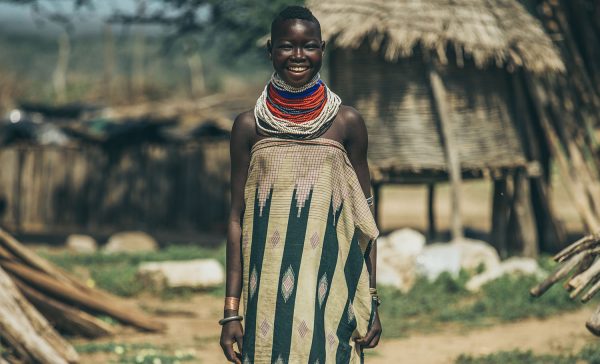No products in the cart.

A Black Man’s Journey From South Central To The Real Wakanda
At glance, one would think a “Born & Raised” album blasting boy from South Central L.A. would feel out of place in rural Africa sipping tepid coffee from a calabash shell, yet there are few times in my life that I can recall feeling more comfortable.
After just 20-minutes at our first stop, I realized my lifelong pursuit of Nat Geo recognition would have to wait. These strangers, donned in aquatic adornments and intricately-braided hairstyles mirrored people from my neighborhood: cousins, friends, uncles, aunts … hell, myself. As a guest in the Hamar tribe’s village, I found a comfort unlike any other in past travels. I was, in some recklessly construed thought process, home. The restless spirit inside of me — the one that took days to settle in at the Temples of Luang Prang and farms of the Scandinavian countryside, instantly found serenity in the Omo Valley.
My Kanye-sized ego wanted to be first, but I knew I was not the first to cover this terrain. Hundreds if not thousands of photographers and writers had already visited this region, bringing to periodicals, websites and social media their stories and imagery. Surrendering to this realization enabled me to shift my focus from apertures and shutter speeds to presentness and meaningful conversation through interpreters. A seductive epiphany whispering in my ear: “The best photos will come from putting your camera down. Trust me.”
At minimum, I would say it was interesting to be among a village of kin … and on the Trumpian spectrum, YUUUUUGGGGELY profound. Don’t let the significance of what is in front of you be lost I reminded myself. The physical similarities between the villagers and myself, while initially disarming, eventually evolved into deeper discussion and even confusion once our superficial dialogue concluded. Who was I? What is an “African-American”? What is America? The matriarch of this home, to my surprise, had heard of neither, nor of the diaspora that led to millions of our West African ancestors shackled skeletons in the seas separating our continents and the soils beyond the crest of waves.
What was there other than Ethiopia, Kenya and … London? In their estimation, I was not a “Ferengi” like the other visitors that came with cameras; they believed I was an Ethiopian from the capital simply having fun at their expense. After downing my third calabash of java, I retired from convincing them otherwise, willingly accepting my designation of “city boy.”
I spent the next week traveling around The Omo Valley, meeting with tribes, learning about their cultures, futility attempting to convince them I was from another continent. But just before my departure down an unnamed, unpaved dirt road, I took my camera out to capture the bond I had established with my distant relatives, mindful of the all skeletons that led to our divergent stories.
Someone once asked Henri Cartier-Bresson how he makes his photographs? His answer, in true French fashion, was concise: “I don’t know, it’s not important.” Before traveling to Ethiopia, I would have echoed his sentiment, but since that trip, things have changed. I’ve changed. My answer now: “Through conversation, connection and recognition of shared history. The best pictures come from putting your camera down.”





